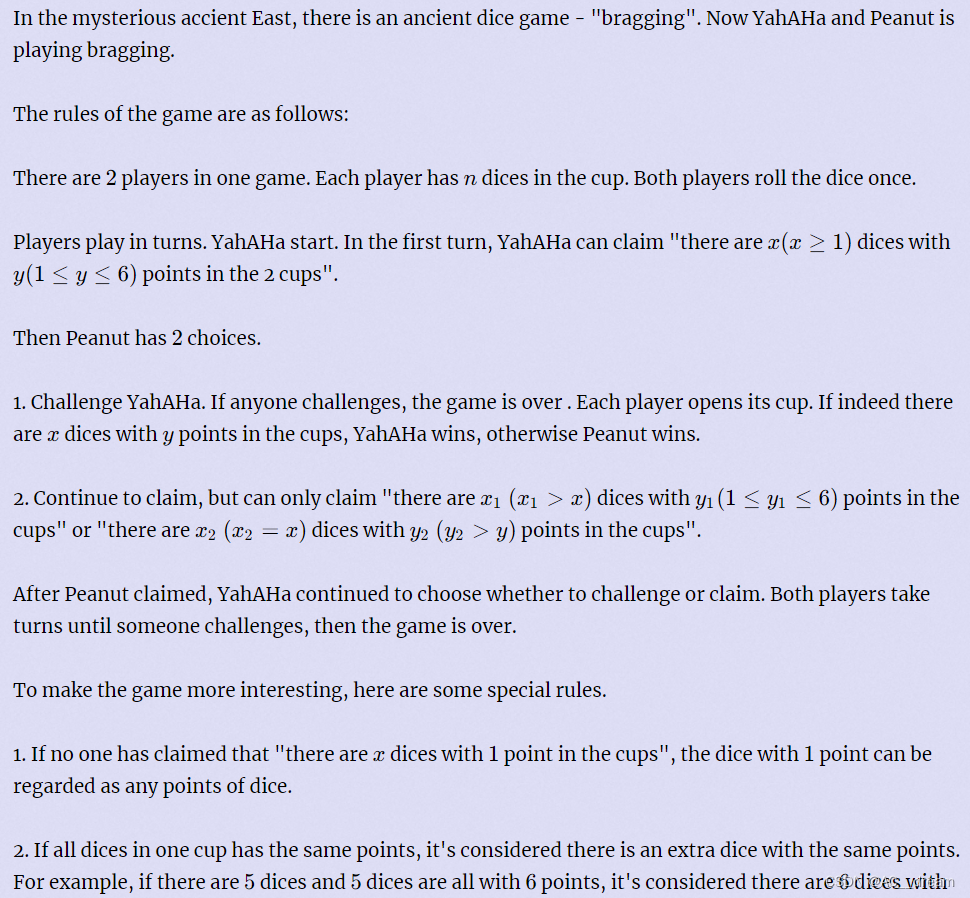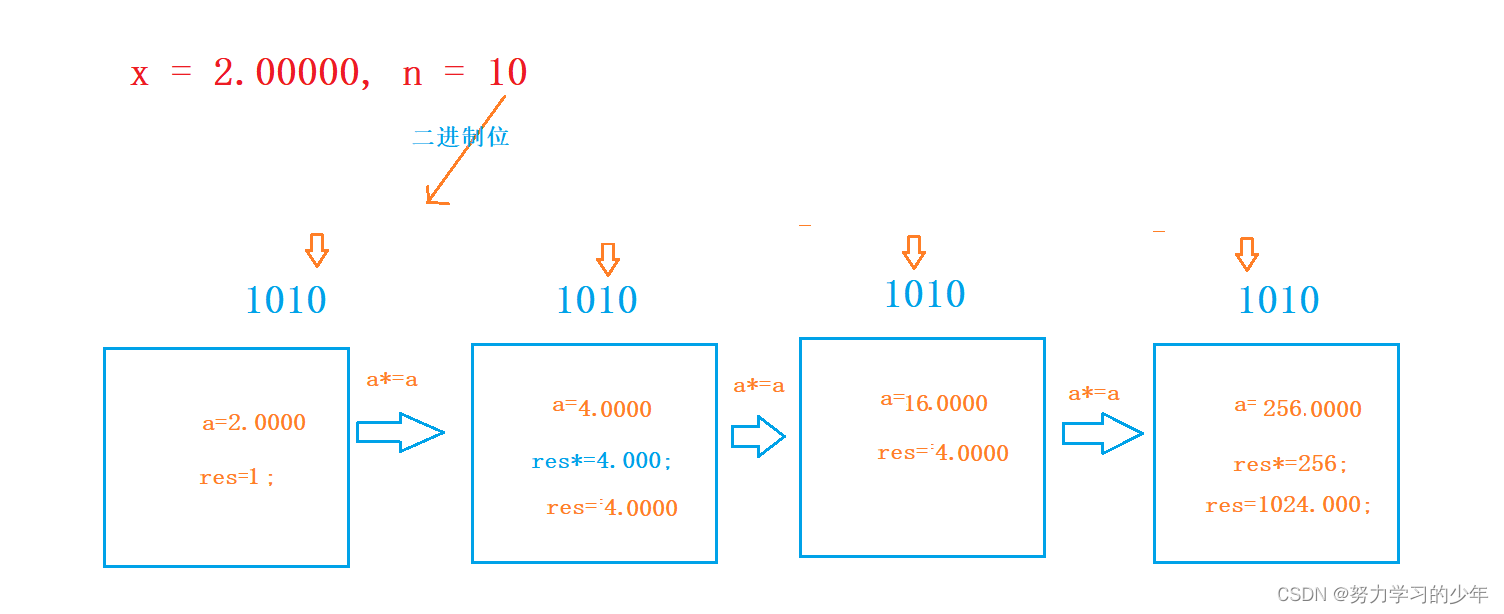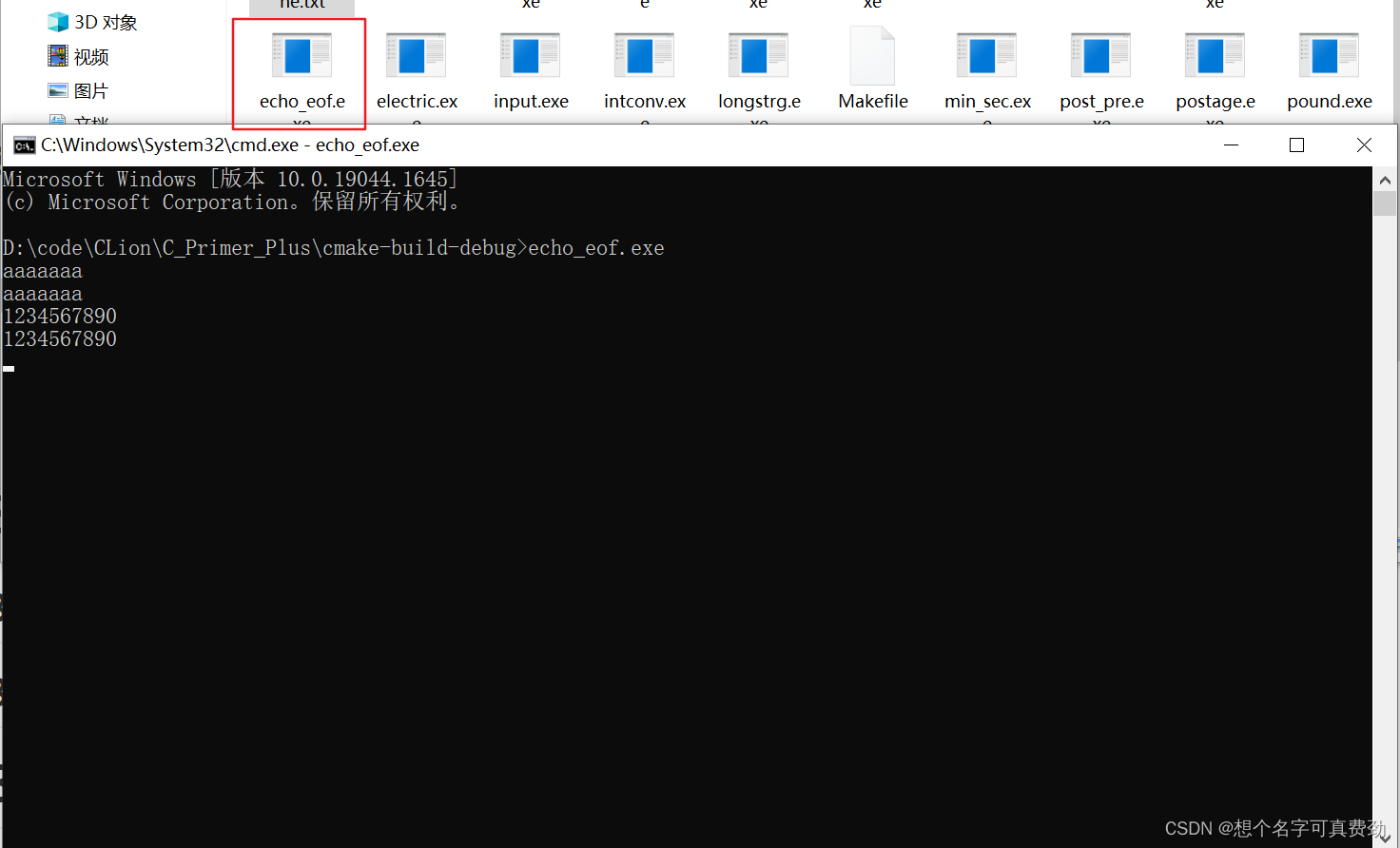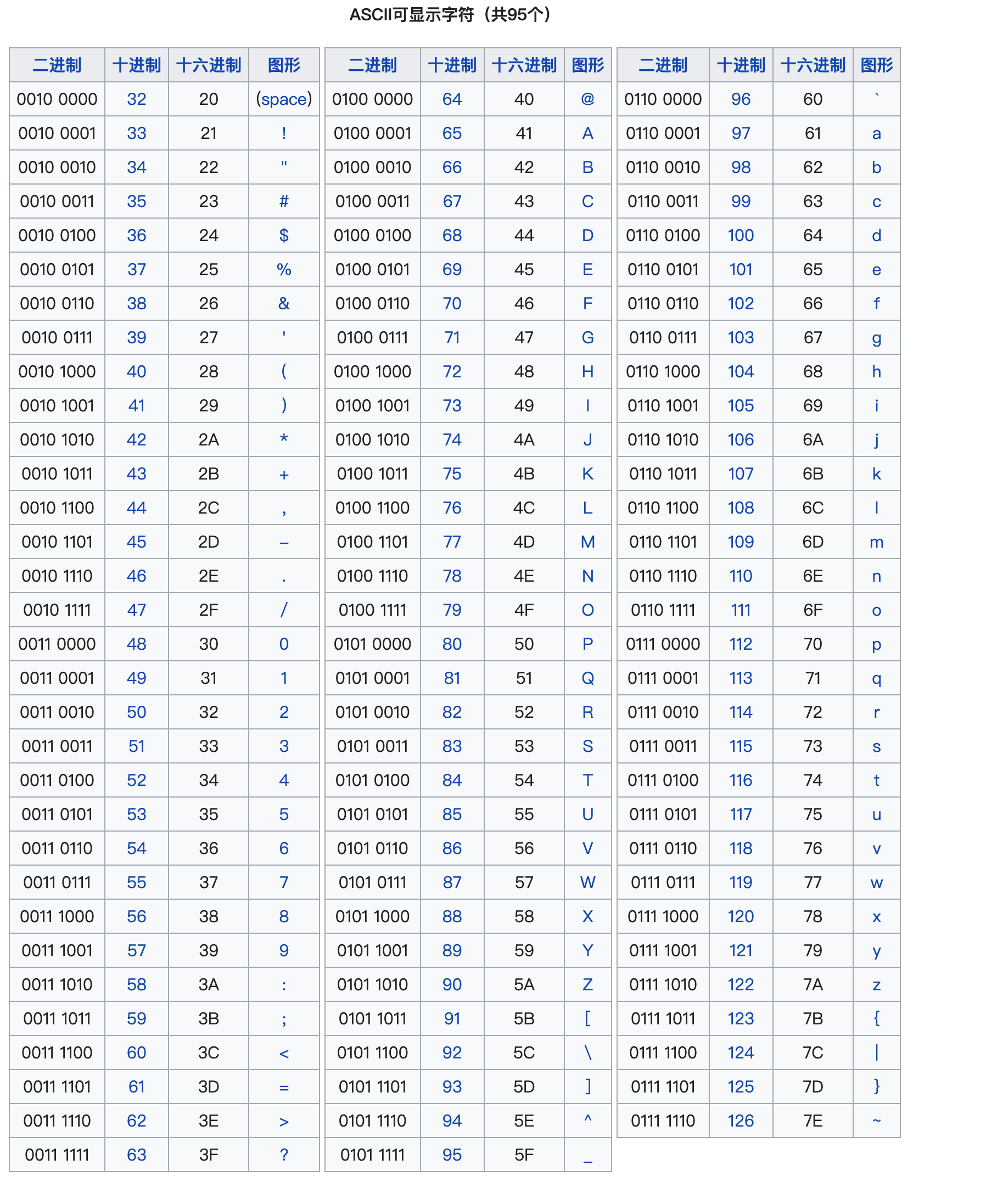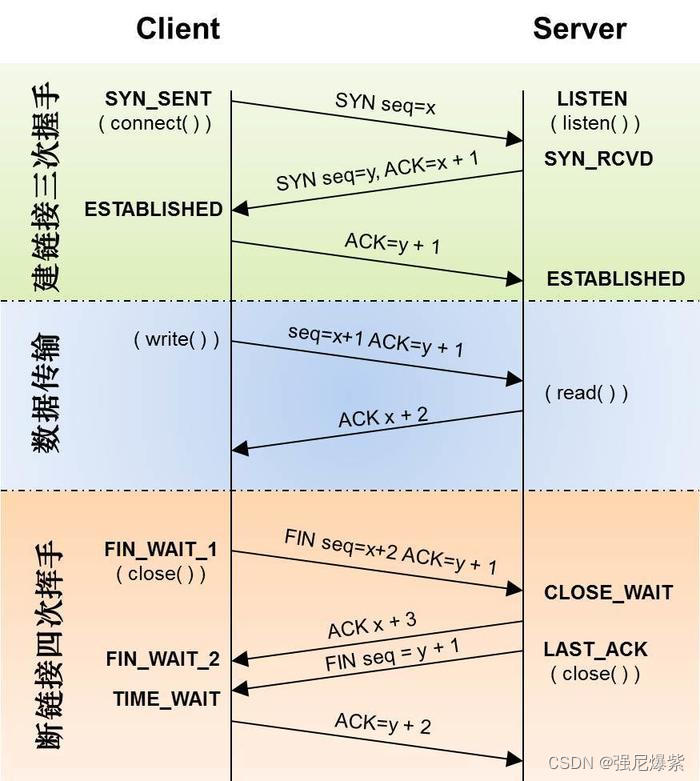当前位置:网站首页>肖sir__面试就业课___数据库
肖sir__面试就业课___数据库
2022-08-03 03:33:00 【多测师肖sir】
数据库:
ddl 数据库定义语言(对表结构的操作)
dml 数据库操作语言(增删改查对表数据)
一、概括
1、单表:
(1)增 insert into values
(2)删 delete (delete < truncat <drop)
(3)改 update set
(4)查 select
语句: like % 模糊查询、limit 限制行数 、 order by desc 或asc 排序、group by having 分组、
聚合函数:sum 、count 、max、min、avg 、distinct、
2、多表:
总结:
一、多表:
普通内连接:select * from 表1 inner join 表2 on 表 1.关联字段=表2.关联字段 (关联的数据显示,不关联的不显示)
隐藏内连接:select * from 表1,表2 where 表 1.关联字段=表2.关联字段 (关联的数据显示,不关联的不显示)
左连接:select * from 表1 left join 表2 on 表 1.关联字段=表2.关联字段 (左表全部显示,右表关联的数据关联,不关联的数据以null显示)
右连接 :select * from 表1 right join 表2 on 表 1.关联字段=表2.关联字( 右表全部显示,左表关联的数据关联,不关联的数据以null显示)
左独有数据:select * from 表1 left join 表2 on 表 1.关联字段=表2.关联字段 where 表2中的字段 is null
右独有数据:select * from 表1 right join 表2 on 表 1.关联字段=表2.关联字段 where 表1 中的字段 isnull
全外连接:union
(1)左独有+右独有+内连接
(2)左连接+右独有
(3)右连接+左独有
二、
三表内连接合并:
方法一:三表的隐藏内连接
格式:
SELECT * FROM 表1 as 别名, 表2 as 别名, 表3 sc as 别名 where 表1.关联字段1=表3.关联字段3 and 表2.关联字段2= 表3.关联字段3
案例:SELECT * FROM student as a,course as b,sc as c where a.stu_no=c.stu_no and b.c_no=c.c_no
方法二:三表普通内连接
SELECT * FROM 表1 as 别名 inner join 表3 as 别名 on 表1.关联字段1=表3.关联字段3 inner join 表2 as 别名 on 表2.关联字段2= 表3.关联字段3
案例SELECT * FROM student as a inner join sc as c on a.stu_no=c.stu_no INNER JOIN course as b on b.c_no=c.c_no
方法三:三表左连接
格式:
SELECT * FROM 表1 as 别名 left join 表3 as 别名 on 表1.关联字段1=表3.关联字段3 left join 表2 as 别名 on 表2.关联字段2= 表3.关联字段3
案例:SELECT * FROM student as a left join sc as c on a.stu_no=c.stu_no LEFT JOIN course as b on b.c_no=c.c_no
方法四:三表右连接
格式:SELECT * FROM 表1 as 别名 right join 表3 as 别名 on 表1.关联字段1=表3.关联字段3 right join 表3 as 别名 on 表2.关联字段2= 表3.关联字段3
案例:SELECT * FROM student as a right join sc as c on a.stu_no=c.stu_no right JOIN course as b on b.c_no=c.c_no
方法五:先合两个表在和合一个表的方法
SELECT * FROM (SELECT c_no FROM student as a,sc as c where a.stu_no=c.stu_no ) s INNER JOIN course as b where s.c_no=b.c_no
3、视图
(1)优点:1、查询复杂的语句更方便 2、更安圈全、保密字段
(2)创建视图:create view 视图名 as (sql语句)
4、索引
(1)索引优点:1、查询速度(group by ,order by) 2、保证数据的唯一性、3、实现表与表的参照性
(2)主键索引(parmary key)、唯一索引(unique)、普通索引 (index)
(3)建立索引的方式:1、建表 时创建 2、 alter table 添加字段或修改字段
5、外键
(1)让一张表记录的数据不要太过于冗余,
(2)优点:保持数据的一致性
(3)foreign key 外键
一、建表时添加外键
create table 表名 (字段 字符类型(字符宽度) primary key ,(字段2 字段类型2(字符宽度3),constraint 外键名 foreign key(子表字段) references 父表(父表的字段))engine=innodb default charset=utf8;
二、建表后添加外键
格式:alter table 表名 add constraint 外键名 foreign key(子表字段) references 父表( 父表字段)
6、存储
(1)造数据
(2)存储格式:
delimiter // 分隔符/定格符
create procedure 存储过程名( in/out/inout)参数
begin —开始
sql语句 ; —执行的语句
end —结束
// 分隔符
call 存储过程名称() 调用一个存储过程
(3)案例:造数
delimiter //
drop table if exists money;
drop procedure if exists pro4;
create procedure pro4(in x int)
begin
declare i int default 0;# 变量名称i int 数据类型 默认为0
drop table if exists money;
create table money(id int primary key auto_increment,money int(10));
while(i<x)DO
insert into money(money) values(100);
set i=i+1;
end while;
select * from money;
end
//
call pro4(20)
边栏推荐
猜你喜欢
随机推荐
shell之条件语句(条件测试、if语句,case语句)
基于flowable的upp(统一流程平台)运行性能优化(2)
详细讲解一下JVM的内存模型与实现?
Domino服务器SSL证书安装指南
高等代数_证明_矩阵乘以自身的转置的特征值不小于0
iScroll系列之下拉刷新 + 上拉加载更多
单元测试是什么?怎么写?主要测试什么?
2022-08-01 顾宇佳 学习笔记
电子设备行业智能供应链系统:打破传统供应链壁垒,提升电子设备企业管理效能
【原创】Auto.js get和post 案例
机器学习【KNN案例、API、总结】
浅谈用KUSTO查询语言(KQL)在Azure Synapse Analytics(Azure SQL DW)审计某DB账号的操作记录
Dynamically modify the title of the navigation bar in uniapp
(一)Nacos注册中心集群环境搭建
Summary of some questions about the grain mall
AF-DNAT
这个困扰程序员50年的问题,终于要被解决了?
大佬们,我有点不明白:为什么oracle-cdc的文档写connector可以做到exactly-o
TCP相关面试常问
2022-08-02 顾宇佳 学习笔记 多线程

